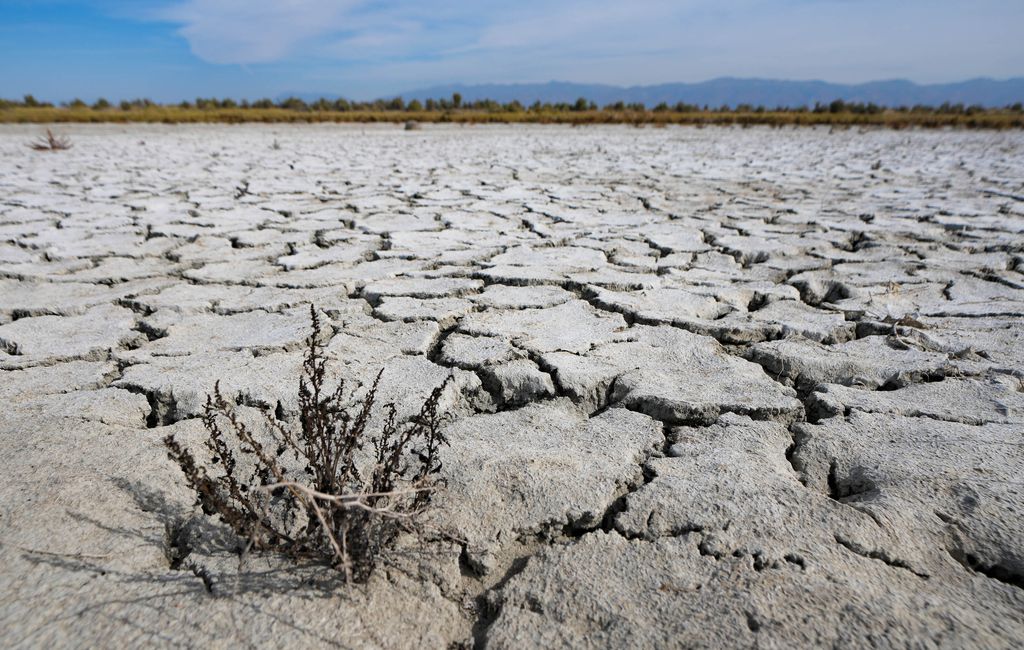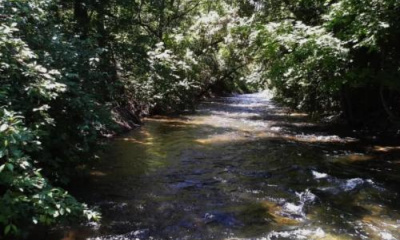Shriveling salty lakes across the Great Basin, including the Great Salt Lake, will receive millions to aid scientific assessment.
A bipartisan bill meant to address declining saline lakes in the West, including the Great Salt Lake, passed the U.S. Senate with unanimous approval Wednesday.
Sen. Mitt Romney, R-Utah, introduced and co-sponsored the Saline Lake Ecosystems in the Great Basin States Program Act with Democratic Sens. Jeff Merkley of Oregon, Jacky Rosen of Nevada, Catherine Cortez Masto of Nevada, Roy Wyden of Oregon and Diane Feinstein of California.
The bill earmarks $5 million each year over five years for the U.S. Geological Survey to study saline lakes throughout the Great Basin. Key issues include the migratory birds that depend on salty lakes and threats to their water supplies, including “climate stressors.”
“With the Great Salt Lake currently at the lowest levels ever recorded,” Romney said in a news release Thursday, “we must do whatever is necessary to save it.”
A similar bill passed the U.S. House in July as part of a broader drought and wildfire mitigation package. That legislation also had broad bipartisan support, with Rep. Blake Moore serving as sponsor and Reps. Burgess Owens, Chris Stewart and John Curtis co-sponsoring. All are Utah Republicans.
“The Great Salt Lake and other saline lakes in the West are critical to our environment and industries,” Moore said in the news release. “It is imperative that we take steps to preserve these precious resources, and I am grateful the Senate chose to support these efforts.”
If signed into law, the bills will help fill scientific gaps about saline lakes in the region, which pose human health risks as they dry. They also face potential endangered species listings as their wildlife habitat shrivels. The Great Salt Lake alone serves as a nesting and staging ground for more than 10 million migratory birds each year. It also supports multimillion-dollar brine shrimp and mineral extraction businesses.
“This science-based legislation comes at such an important time — as we see lakes across the Great Basin drying at an alarming rate,” said Marcelle Shoop, National Audubon Society’s Saline Lakes Program Director, who has lobbied for federal action addressing the region’s desiccated lakes.
The Great Salt Lake has hit record-low elevations two years in a row, and its ecosystem is nearing collapse. The bills list it as one of the most urgent lakes in need of study.
Owens and Mono lakes in California are also named, which water diversions have turned into sources of toxic and dangerous blowing dust. Lake Abert and Summer Lake in Oregon, along with Nevada’s Lahontan Wetlands, Ruby Lake and Walker Lake, are also on the priority list.
There is only so much federal policymakers and scientists can do to aid the West’s disappearing salty lakes, since the water they so desperately need is largely managed by states leaders.
In Utah, state lawmakers have taken major steps in recent months to address the Great Salt Lake’s decline.
They set up a $40 million trust to improve the lake’s habitat and secure it more water earlier this year, although the details are still being hammered out. They also have funneled millions in federal funds to secondary water metering and agricultural water use optimization. Gov. Spencer Cox has also temporarily closed the Great Salt Lake’s watershed to new water rights, with some exceptions.
“This legislation could be a key to ensuring the viability of the Great Salt Lake far into the future,” Cox said in the news release.
But passage of the saline lakes act is not entirely in the clear — the Senate and House versions differ slightly, so the bill will return to the lower chamber for approval. A new Congress is set to convene in January.









